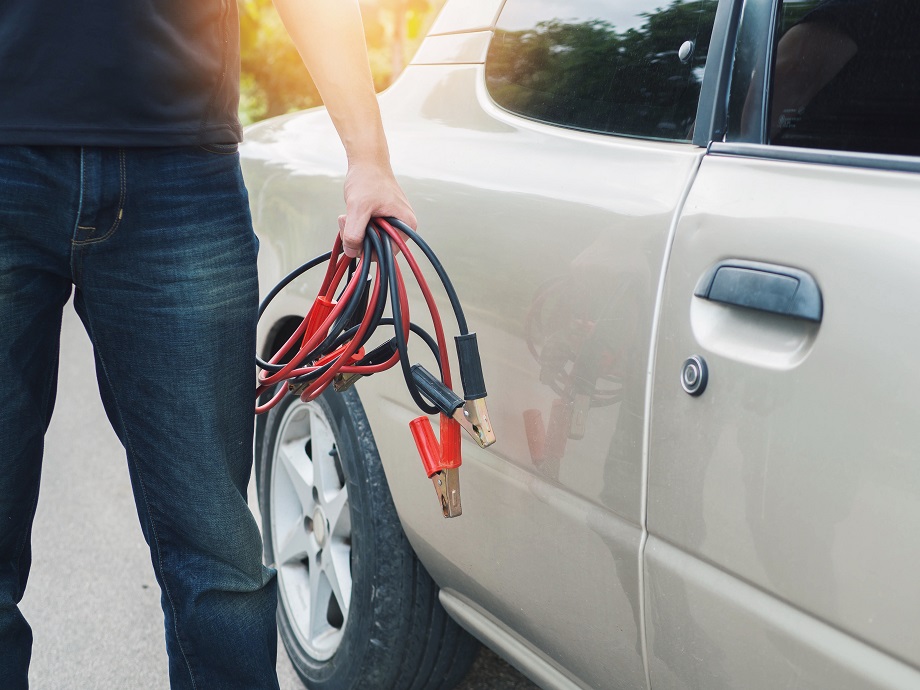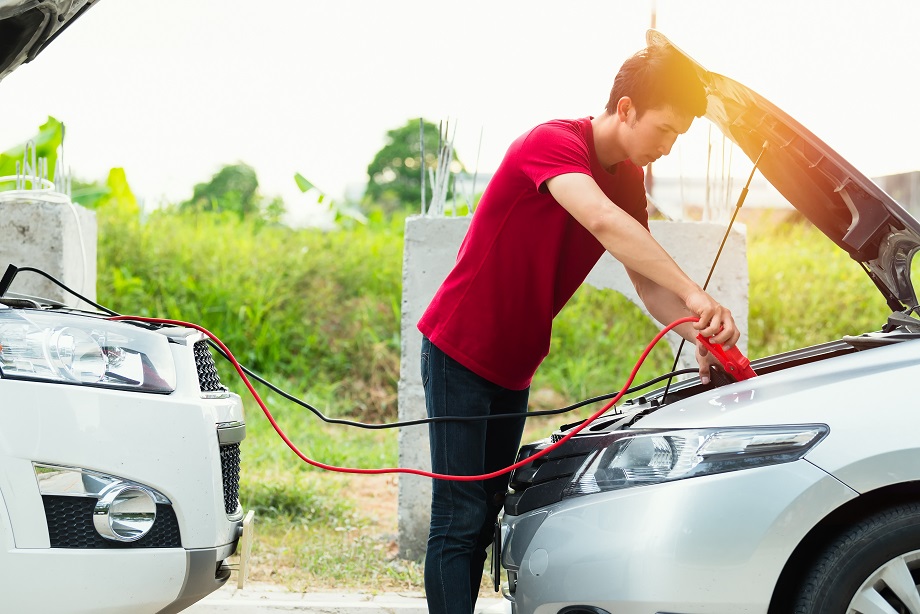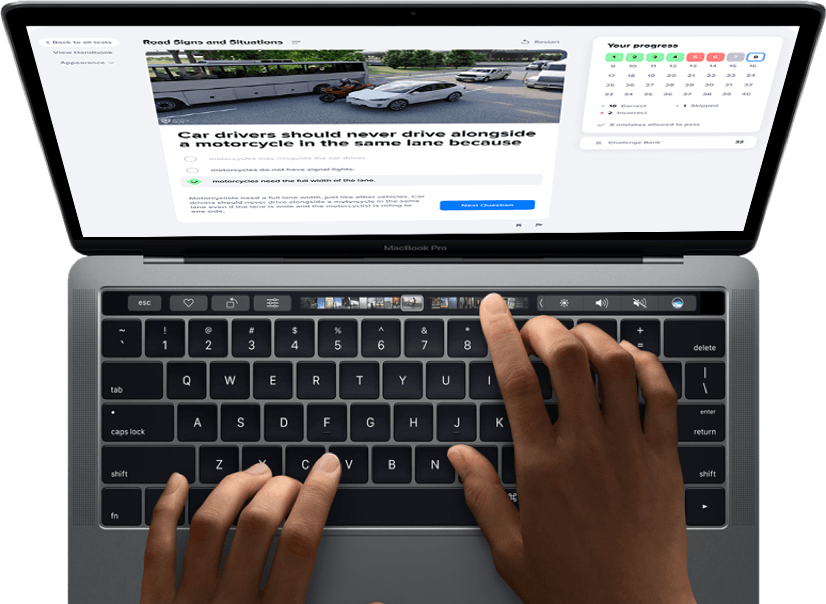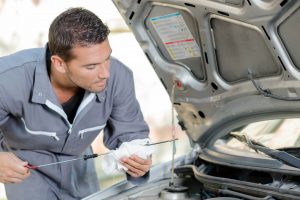Contents
- Locate a car with a good battery
- Position the other vehicle properly
- Make sure both vehicles are off
- Open the hood
- Place a red clamp on the positive post of the good battery
- Place the black clamp on a grounded surface on the vehicle with the dead battery
- Have the driver of the vehicle with the good battery turn their engine on
- Attempt to start your engine
- Remove the jumper cables after several minutes
- Store your jumper cables and thank the other driver
What does "jump a car" mean?
A jump start, also called a boost, is a method of starting a vehicle that has a discharged or dead battery.
Knowing how to jump start a vehicle is an essential skill for every driver.
Even if you are lucky enough to never be surprised by a dead battery, it will be nice to know that you can assist another driver in need if the opportunity arises. Every driver should keep a set of dependable jumper cables in their vehicle at all times. A set of jumper cables can be purchased at an auto parts store or at a big box store for less than thirty dollars and will last many years. Most drivers store their jumper cables in their trunk.
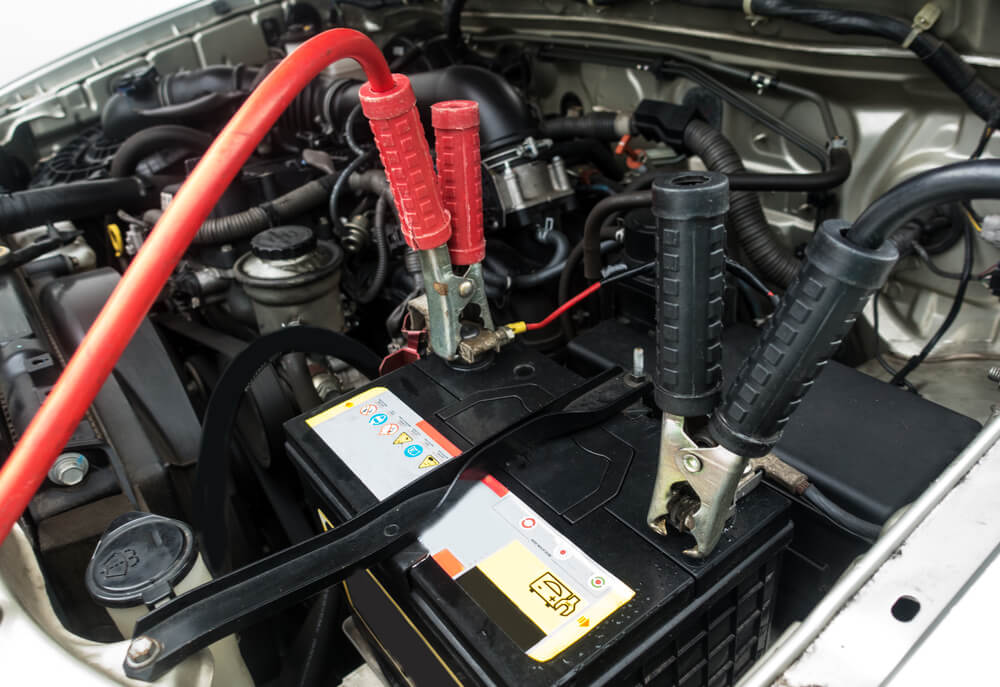
You should never allow the jumper cable’s clamps to touch each other while they are being used
Before you learn how to use jumper cables to jump start a vehicle with a dead battery, you must understand that you should use jumper cables with caution. Never allow any of the jumper cable’s clamps to touch each other while they are being used. This could result in an electric shock.
You'll need: Jumper cables and a power source (either a portable jump battery or another vehicle).
How to Jump a Car
- 1
Locate a car with a good battery.
To use jumper cables to jump start the dead battery of your vehicle, you must first locate a car with a good battery. Because most drivers have experienced the hassle of an unexpected dead battery at least once, many will be more than happy to assist you in jump starting your vehicle.
![jumpstart a car]()
If possible, bring both cars together nose to nose, about 18" apart - 2
Position the other vehicle properly.
Position the other vehicle so that its front bumper is aligned with your front bumper, leaving a couple of feet of room for you to move in between the cars.
- 3
Make sure both vehicles are off.
Make sure both vehicles are turned completely off before attaching the jumper cables to the battery terminals!
- 4
Open the hood.
Open each of the vehicles’ hoods and make sure that they are safely propped. Open each of the vehicles’ hoods and make sure that they are safely propped.
- 5
Place a red clamp on the positive post of the good battery.
Then attach the other red clamp on the positive post of the dead battery. Return to the car with the good battery and place the black clamp on the negative post.
- 6
Place the black clamp on a grounded surface on the vehicle with the dead battery.
A grounded surface is any unpainted metal part of the vehicle’s frame. It should be easy to locate a section of your vehicle’s frame on which to place the black clamp. It is very important to place the black clamp on a grounded surface instead the negative post on the vehicle with the dead battery. Check the following video guide for a very simple demonstration of how to attach clamps:
- 7
Have the driver of the vehicle with the good battery turn their engine on and allow it to idle for a few minutes.
Leaving the other car running for a short time will allow your dead battery to recharge before you attempt to start your engine.
- 8
Attempt to start your engine.
After a few minutes, you can attempt to start your engine. If your engine starts without any problems, leave both vehicles running for a few minutes to allow the battery to continue to charge.
- 9
Remove the jumper cables after several minutes.
After several minutes, you can remove the jumper cables in the following order:
- Remove the black clamp from the grounded surface of your vehicle.
- Remove the other black clamp from the negative terminal of the good battery.
- Remove the red clamp from your battery’s positive terminal.
- Finally, remove the other red clamp from the good battery.
- q
Store your jumper cables and thank the other driver!
Return your jumper cables to their storage area in your car and prepare to drive away. It is a good idea to drive your vehicle for at least ten to fifteen minutes before you turn the ignition off again. Depending on how low your battery’s charge is or if the battery isn’t holding a charge, it may be necessary to drive directly to an auto parts store to purchase a new battery for your vehicle.

Also, don't forget to help somebody else on the road next time in a similar situation
If you are unable to access a pair of jumper cables or find someone to help out, roadside assistance is the next best option.
